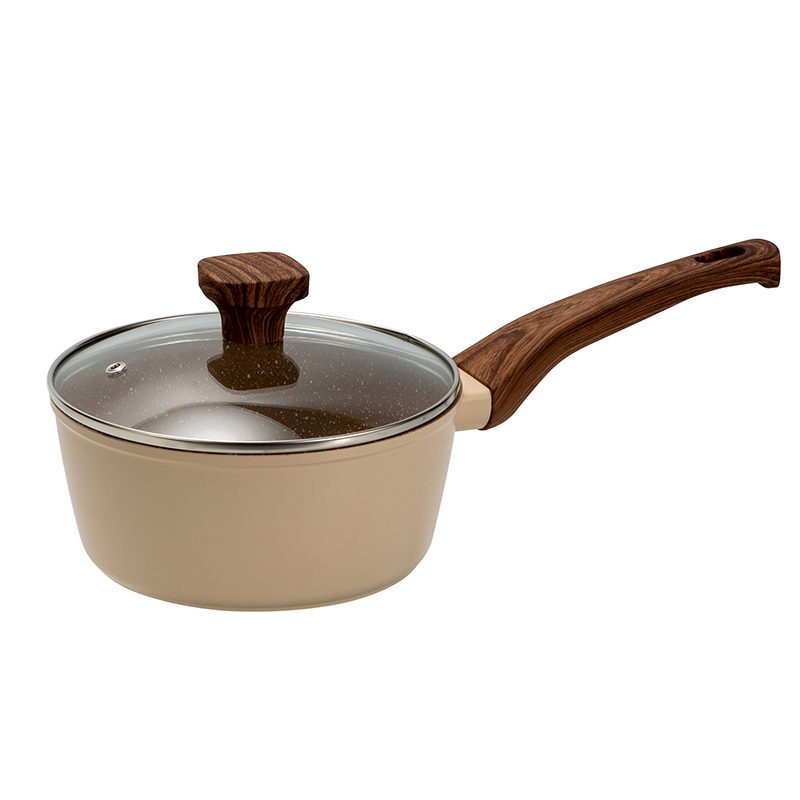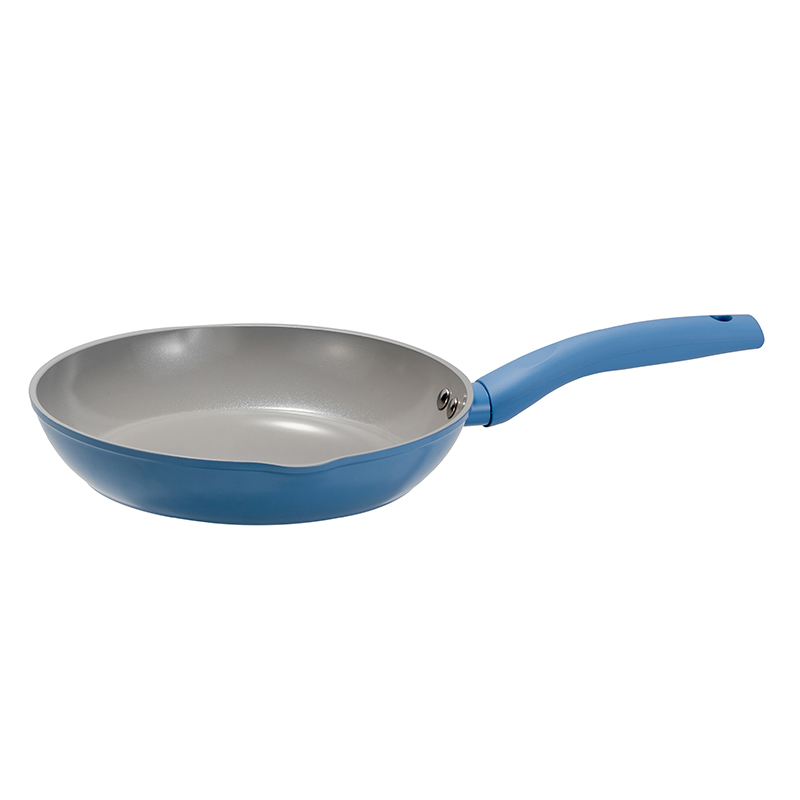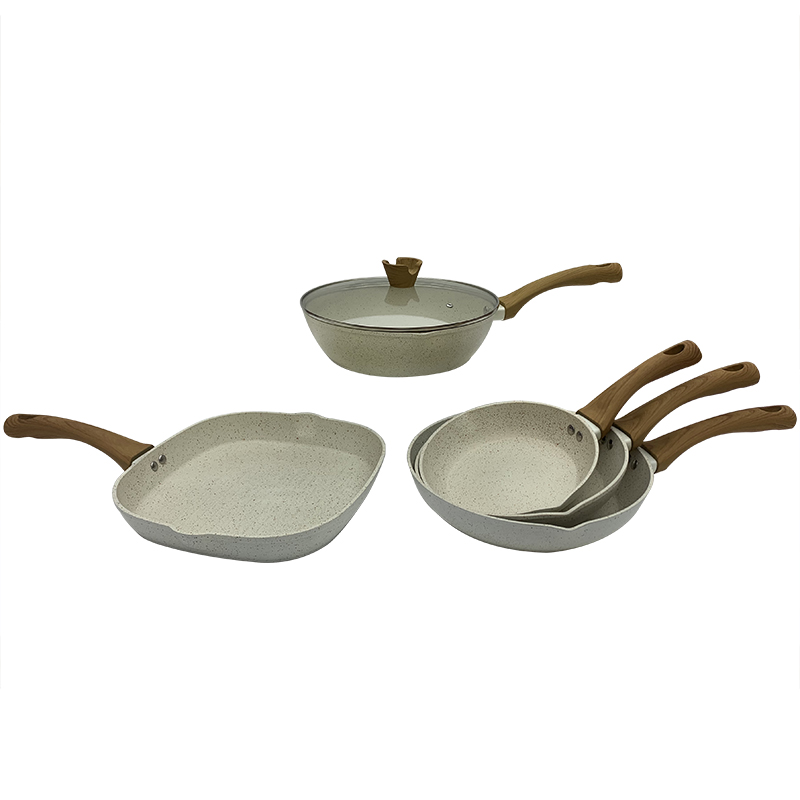What are the general characteristics of Best Nonstick Cookware?
There are a few general characteristics that the best nonstick cookware will have:
It will be made of high-quality materials.
It will have a good warranty.
It will be durable and heat evenly.
It’s important to know the general characteristics of best nonstick cookware before purchasing any pots or pans. The three main characteristics to consider are material, price, and brand. Additionally, it’s important to decide what size and shape of cookware is best for your needs.
Nonstick cookware is made with a variety of materials, the most common being aluminum and ceramic. Aluminum is a good heat conductor but can react with certain foods. Ceramic is a good alternative to aluminum and is also nonreactive, but it doesn’t conduct heat as well. Price varies depending on the material and brand of cookware, but in general, ceramic is more expensive than aluminum.
When choosing a brand of nonstick cookware, it’s important to read reviews and compare prices. The most popular brands are T-fal, Calphalon, Anolon, Farberware, and Cuisinart. All of these brands make high-quality cookware that will last for years with proper care.
The size and shape of your cookware should be based on the amount of food you typically cook. Best Nonstick Cookware: PTFE, PFOA, and PFOS
When it comes to nonstick cookware, there are three things you need to know about: PTFE, PFOA, and PFOS. Here's a quick rundown on each:
PTFE: Polytetrafluoroethylene is the chemical name for Teflon. It's a synthetic fluoropolymer that was originally developed by DuPont in 1938. It's used in many nonstick cookware products because it has a very low coefficient of friction. That means that food doesn't stick to it very easily.
PFOA: Perfluorooctanoic acid is a synthetic fluorochemical that's used in the production of Teflon. It's been linked to various health concerns, including cancer, so many manufacturers have stopped using it altogether.
PFOS: Perfluorooctanesulfonic acid is another synthetic fluorochemical that's used in the production of Teflon. Like PFOA, it's also been linked to health concerns and is no longer used by many manufacturers.



























